-
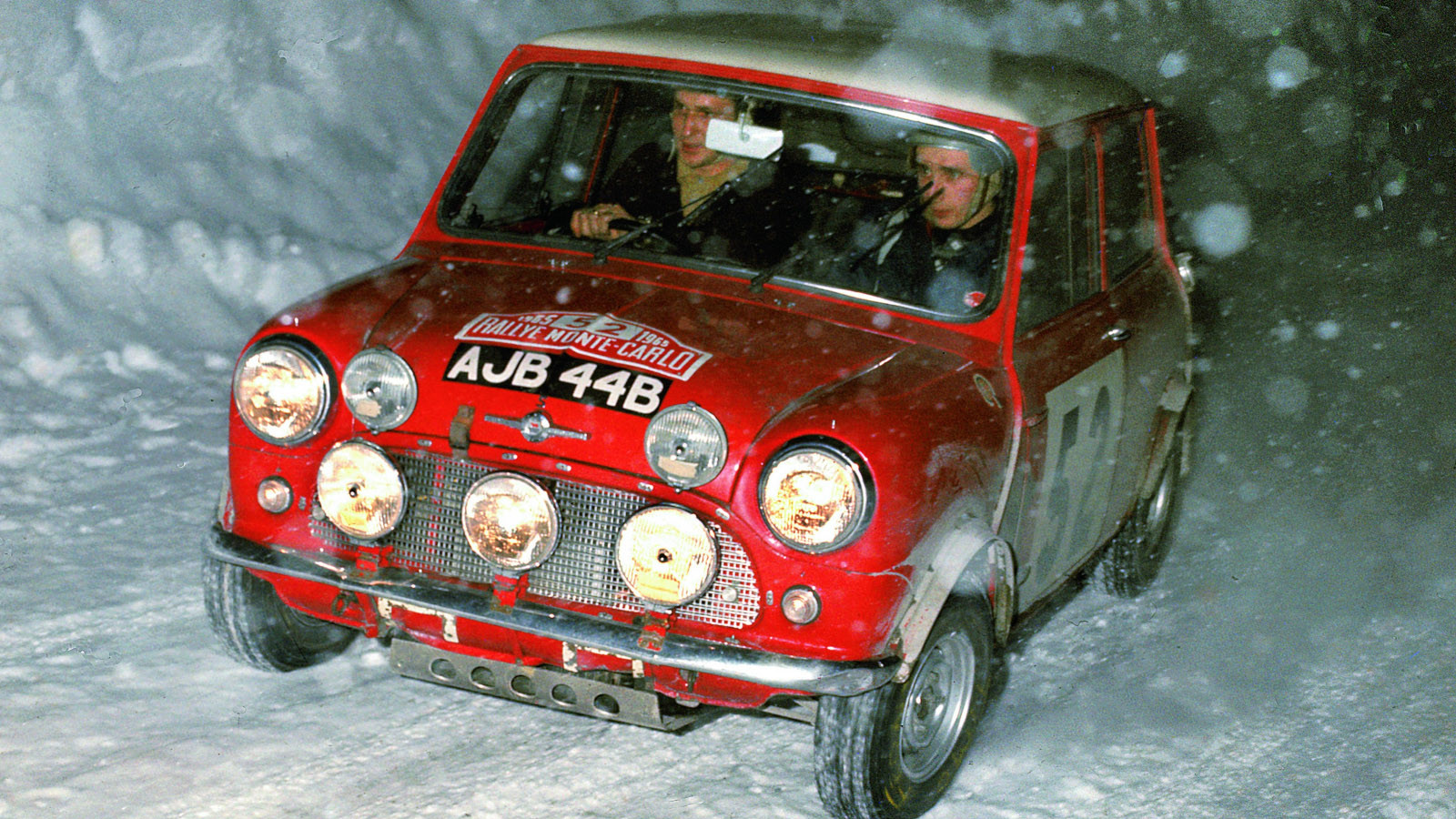 © BMW
© BMW -
 © Alpine
© Alpine -
 © Stellantis
© Stellantis -
 © Olgun Kordal/Classic & Sports Car
© Olgun Kordal/Classic & Sports Car -
 © Stellantis
© Stellantis -
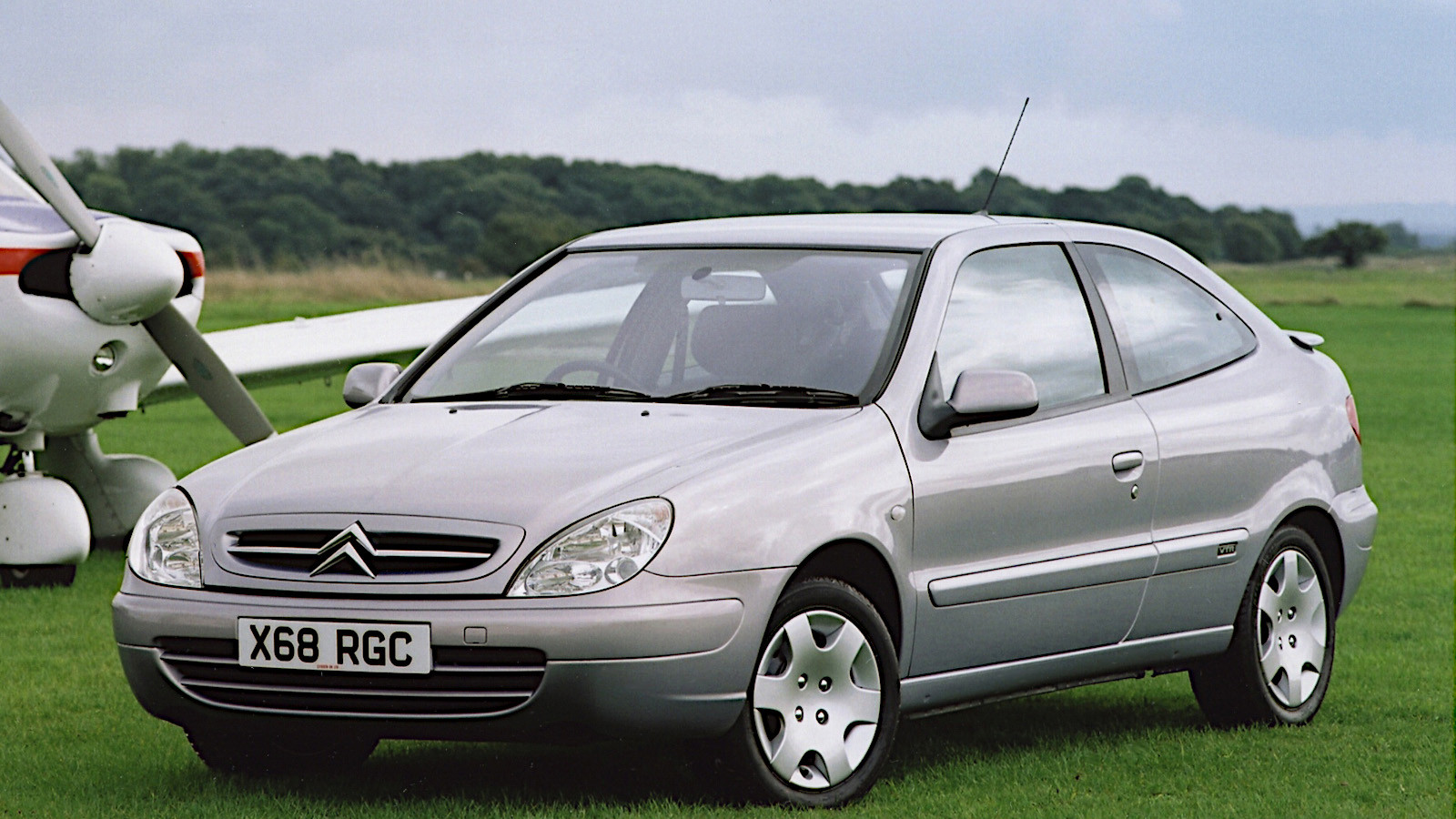 © Stellantis
© Stellantis -
 © Dirk de Jager/RM Sotheby’s
© Dirk de Jager/RM Sotheby’s -
 © Olgun Kordal/Classic & Sports Car
© Olgun Kordal/Classic & Sports Car -
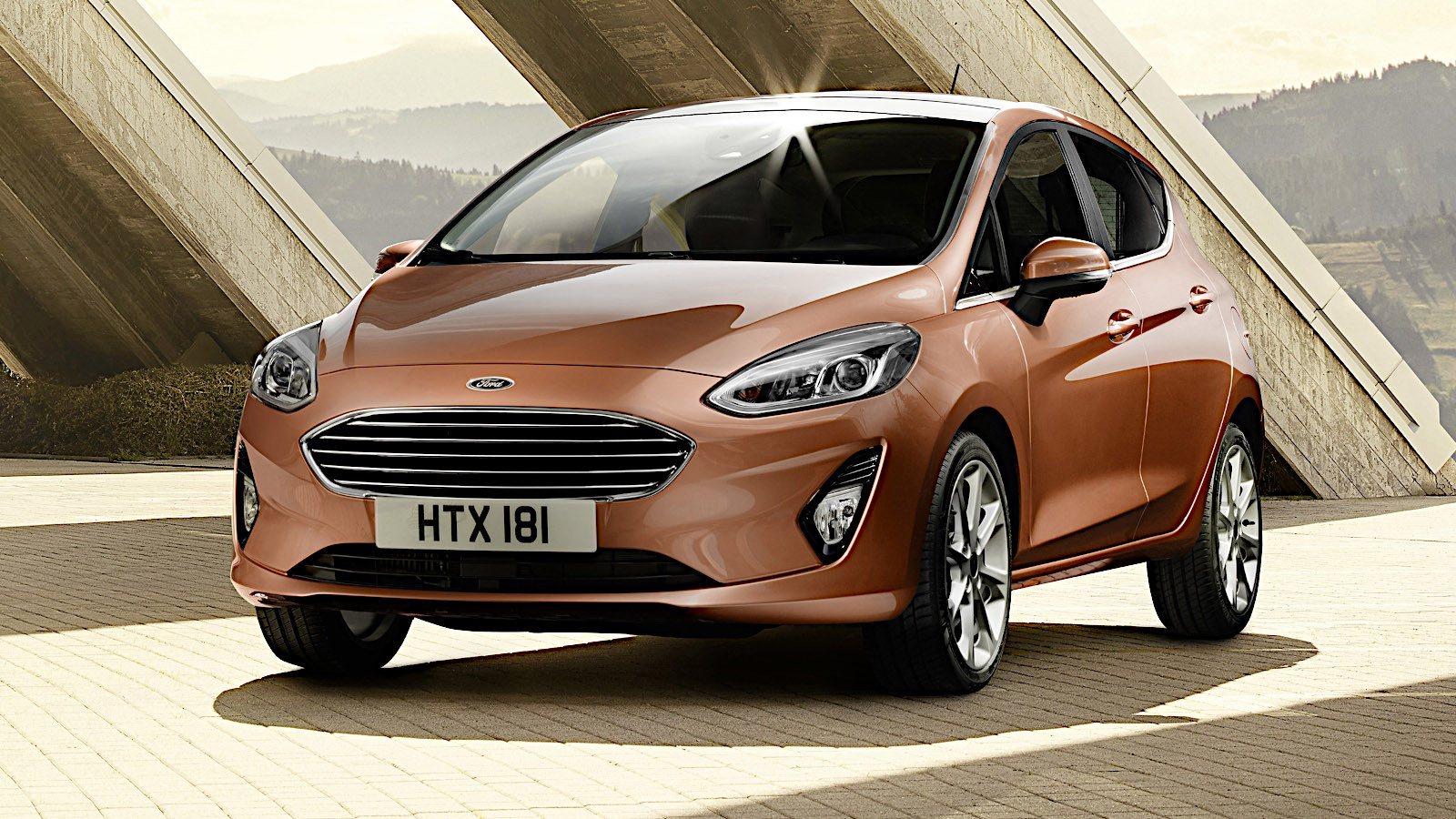 © Ford
© Ford -
 © jean-pierre 60/Creative Commons licence https://creativecommons.org/licenses/by-sa/3.0/legalcode.en
© jean-pierre 60/Creative Commons licence https://creativecommons.org/licenses/by-sa/3.0/legalcode.en -
 © Tom Wood/RM Sotheby’s
© Tom Wood/RM Sotheby’s -
 © Stellantis
© Stellantis -
 © Tony Baker/Classic & Sports Car
© Tony Baker/Classic & Sports Car -
 © BMW
© BMW -
 © John Bradshaw/Classic & Sports Car
© John Bradshaw/Classic & Sports Car -
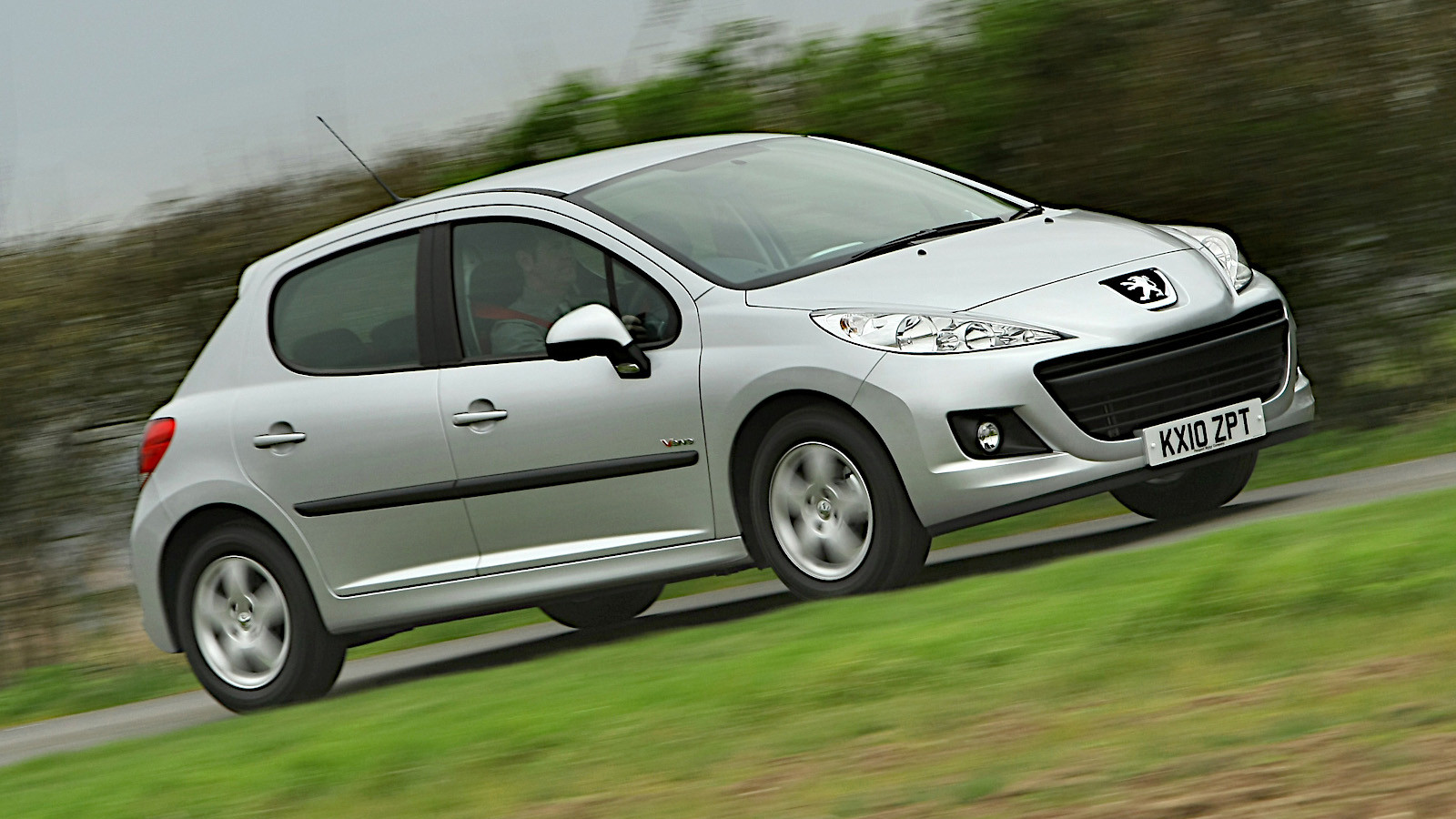 © Stellantis
© Stellantis -
 © Motorcars Studios/RM Sotheby’s
© Motorcars Studios/RM Sotheby’s -
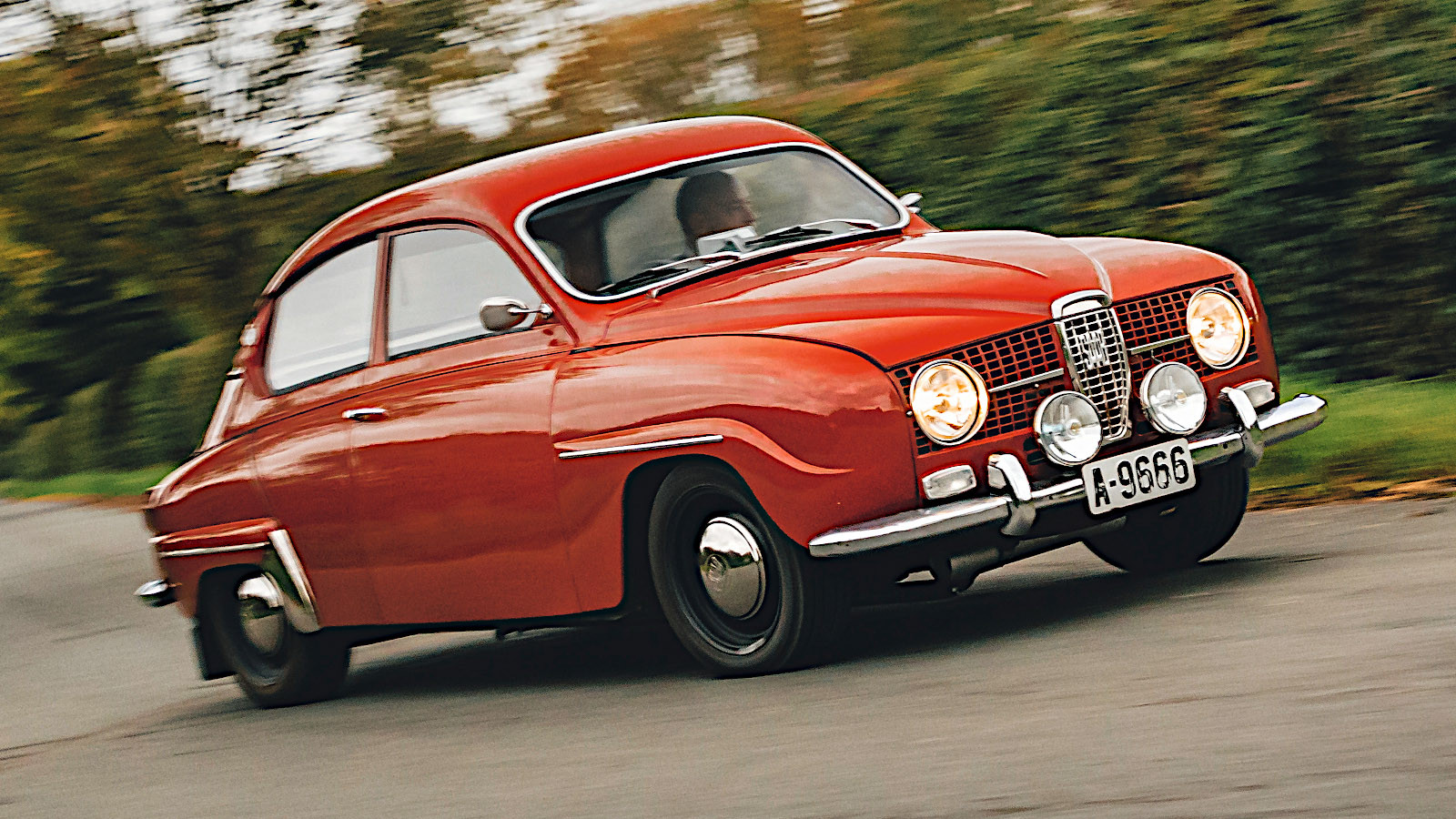 © Max Edleston/Classic & Sports Car
© Max Edleston/Classic & Sports Car -
 © Tony Baker/Classic & Sports Car
© Tony Baker/Classic & Sports Car -
 © Toyota
© Toyota -
 © Toyota
© Toyota -
 © Volkswagen
© Volkswagen
-
Double (or more!) Monte winners
Like many other forms of motorsport, rallying is a great way for automobile manufacturers to promote their models to the general public, and for more than a century there has been something particularly special about winning the Rallye Monte-Carlo.
With occasional gaps, the event has been running since 1911, and you’ll be pleased to hear that we’re not going to list all the victorious machines.
What we are going to do is run through all the models which have won it more than once up to 2023, listed in alphabetical order.
In view of the marketing intentions behind all this, we’ll be illustrating them with pictures of the standard road cars rather than the competition ones, with the exception of the image above.
-
Alpine A110
The A110 began life in 1963 as a sports car designed by Dieppe-based Renault dealer Jean Rédélé, who used the running gear from the recently introduced Renault 8.
Even in this form, the A110 was successful in competition, but it became even more so when Rédélé began fitting the larger engine used in the Renault 16, after which it was, for a while, one of the most formidable rally cars on the planet.
Its many successes included two victories on the Rallye Monte-Carlo, in 1971 and 1973.
In the latter year it also won the inaugural World Rally Championship – then open only to manufacturers, not drivers – having demolished the works efforts of both Ford and Fiat.
-
Citroën C4
Citroën is currently tied with Ford as the second most successful manufacturer in Rallye Monte-Carlo history, with 10 wins.
Two of these were achieved in 2007 and 2008 with a wildly modified version of the first-generation C4, which had been officially revealed in production form at the Paris motor show in 2004.
On each occasion the car was crewed by Sébastien Loeb and Daniel Elena, who dominated the sport for nearly a decade.
Their Rallye Monte-Carlo successes with the C4 took place in the fourth and fifth years of an extraordinary run in which they won the drivers’ and co-drivers’ titles in the World Rally Championship for nine consecutive years.
-
Citroën DS/ID
Although the DS and ID had different names, the latter was simply a less well-equipped version of the former, so we’re counting them as the same car.
An ID was the first Citroën to win the event in 1959, beating a Simca Aronde into what was nevertheless the rival French manufacturer’s best-ever Rallye Monte-Carlo position.
Seven years later, a DS was declared the winner despite apparently finishing in fifth place.
The fact that the organizers disqualified the three Minis and one Ford Cortina which had performed better than the DS was not the only controversy in the history of the event, but it was certainly the most famous.
-
Citroën DS3
Before DS was established as a separate brand, the Citroën-badged DS3 won the Rallye Monte-Carlo in 2012 and 2013, crewed on each occasion by Loeb and Elena.
They might plausibly have won in 2011, too, but the event was not a round of the World Rally Championship that year, so the car did not take part.
These wins were two of 26 the DS3 achieved on WRC events in six seasons, and it is, to date, the last Citroën to have succeeded more than once in the Principality.
Another Citroën, the C3, brought the manufacturer’s total to 10 in 2019, but that was its only Monte win, so we won’t be referring to it anywhere other than this sentence.
-
Citroën Xsara
The Xsara has the distinction of being the most successful Citroën to compete in the Rallye Monte-Carlo.
Loeb and Elena scored a hat-trick with it in 2003, 2004 and 2005, the second and third of these results contributing to the first two of their nine consecutive WRC titles.
The dominance of the car and its crew was demonstrated still more forcefully in 2006, even though they didn’t win.
They came second that year, 1 min 01.8 secs behind the Ford Focus of Marcus Grönholm and Timo Rautiainen, despite incurring a five-minute penalty for failing to complete a stage at the end of the first day.
-
Delahaye 135
Before the Second World War, luxury cars were often successful in motorsport due to their large, powerful engines.
The Delahaye 135, available like many of its contemporaries with a variety of bodies, is an excellent example – among other achievements, it finished third in the 1937 Mille Miglia road race, and first, second (the car pictured here) and fourth in the Le Mans 24 Hours the following year.
It also won the Rallye Monte-Carlo in 1937, and followed this with a less decisive victory in 1939.
In the latter year, the 135’s performance was inseparable from that of a Hotchkiss 686, so the organizers declared a tie, making Delahaye the only auto maker ever to have won the event one and a half times.
-
Ford Escort Cosworth
The Escort Cosworth was by no means Ford’s most successful rally car, but it was good enough to win the Rallye Monte-Carlo twice.
François Delecour, alongside Daniel Grataloup, drove it to victory in 1994, having lost out to Didier Auriol’s Toyota Celica by just 15 secs the year before, and finished second again in 1995.
The second of the Escort’s two wins came in 1996, this time in the hands of Patrick Bernardini, with co-driver Bernard Occelli.
Delecour was runner-up for the third time in four years, though by now he had left Ford and was driving a Peugeot 306.
-
Ford Fiesta
Two very different types of Ford Fiesta have won the Monte on three occasions.
In 2010, the event was not a round of the World Rally Championship, and was contested by Super 2000 cars with naturally aspirated 2-liter engines.
A Fiesta of this type, crewed by Mikko Hirvonen and Jarmo Lehtinen, won on its debut, though it did not feature highly in the remainder of that year’s Intercontinental Rally Challenge, which was dominated by the Škoda Fabia.
A very different, next-generation Fiesta with a turbocharged 1.6-liter engine was victorious in both 2017 and 2018, with eight-time drivers’ and co-drivers’ world champions Sébastien Ogier and Julien Ingrassia on board each time.
-
Hotchkiss 686
Offered with a variety of body styles, but always powered by a 3.5-liter straight-six engine, the 686 had a relatively long production run from 1936 to 1952.
During that time, it topped the Rallye Monte-Carlo results three times, in 1939, 1949 and 1950.
As mentioned previously, it tied with a Delahaye 135 in the first of those years, a particularly impressive achievement since its driver, Jean Trévoux, was reported to be suffering from flu.
In a strange echo of the 1950 Monte result, the rival French manufacturers merged four years later, though neither of them lasted for long after that.
-
Hotchkiss AM
In case the question should happen to come up in a pub quiz, it might be useful for you to know that Hotchkiss was the first manufacturer to become a multiple Rallye Monte-Carlo winner.
Even more excitingly for trivia fans, its AM model was the first car to achieve a Monte hat-trick, winning every year from 1932 to 1934.
With the combined performances of the AM and the 686, Hotchkiss cars had won the event six times (or, depending on how you view the tie with Delahaye, five and a half) by 1950.
This remained a record until it was beaten by Lancia many years later, and today Hotchkiss is still the fourth most successful manufacturer in the history of the event in terms of overall wins.
-
Lancia Delta
It may no longer have a works team, but Lancia is the most successful manufacturer in Rallye Monte-Carlo history in terms of event wins, having secured the top spot 13 times.
Six of those victories were achieved by turbocharged four-wheel-drive versions of the Delta, which was named Car of the Year in 1980 and became the dominant machine in international rallying when the Group B formula was replaced by the more production-based Group A.
Even more impressively, it took just seven years to win those six events.
Deltas won the Monte almost continuously from 1986 (the last year of Group B, when Lancia used the mid-engined S4 version) to 1992, losing out only in 1991 to a Toyota Celica.
-
Lancia Stratos
One of the most exciting rally cars of the 1970s, the Stratos, powered by a mid-mounted Ferrari V6 engine, took over from the Alpine A110 at the top of the World Rally Championship, which it won three times from 1974 to 1976.
There was no Rallye Monte-Carlo in ’74, but Sandro Munari won the event in each of the next three years in his Stratos.
The magnificent Lancia was replaced by the Fiat 131 Abarth, but a privately entered version took a fourth victory in 1979.
Between them, the Delta and the Stratos gave Lancia 10 of its 13 Rallye Monte-Carlo victories.
No other Lancia has been a multiple winner, but for the sake of completeness we should note that the event was won by an 037 in 1983, a Fulvia in 1972 and an Aurelia in 1954.
-
Mini
Although there were many reasons for the popularity of the original Mini, few were as dramatic as its domination of the Rallye Monte-Carlo in the mid 1960s.
The records show that Minis won the event in the hands of Paddy Hopkirk/Henry Liddon in 1964, Timo Mäkinen/Paul Easter in 1965 and Rauno Aaltonen/Liddon in 1967.
Mäkinen appeared to lead a Mini 1-2-3 in 1966, but after an intense period of post-event scrutineering those cars, along with Roger Clark’s Ford Cortina and Rosemary Smith’s Hillman Imp, were disqualified for lighting infringements, giving the win to Pauli Toivonen and his Citroën DS.
Despite this, the Mini qualifies solidly as a multiple Monte winner with three undisputed victories, but for many years it was felt, at least by British enthusiasts, that the total should have been four.
-
Mitsubishi Lancer Evo
In 1999, Tommi Mäkinen became the second person after Juha Kankkunen to win the World Rally Championship four times, and the first to do so in an unbroken run.
Oddly, Mäkinen’s success in the WRC as a whole and on the Rallye Monte-Carlo in particular coincided only in that year, when he won the event for the first time in a Mitsubishi Evo.
Co-driven by Risto Mannisenmäki, he did the same again in 2000 and 2001 before joining Subaru, for whom he won in 2002.
Due to these performances, Mitsubishi became one of five manufacturers to win the Monte exactly three times (the others being Delahaye, Subaru, Volkswagen and BMC with the Mini), and the first of these to do so consecutively, though Lancia’s Delta and Stratos had both achieved hat-tricks while also winning in other years.
-
Peugeot 207
Peugeots of various kinds have finished on the Rallye Monte-Carlo podium many times, but the 207 is the only model to have won the event more than once.
This was during the period when it was a round of the Intercontinental Rally Challenge rather than the WRC, and contested by cars in the Super 2000 category.
As mentioned before, a Ford Fiesta won in 2010, but future world champions Sébastien Ogier and Julien Ingrassia took victory in 2009 (with other 207s in second and third), while Bryan Bouffier and Xavier Panseri did the same two years later.
-
Porsche 911
Thanks partly to its rear-engined layout, which provided exceptional traction in snowy conditions, the 911 took over from the Mini as the car to have on the Rallye Monte-Carlo.
Vic Elford won in 1968, followed by Björn Waldegård in each of the next two years.
Another victory might have been expected in 1971, but Porsche decided, despite the concerns of the drivers, to switch to the mid-engined 914/6 that year, and soon discovered that this had been a mistake.
The 911’s fourth and final Monte win came in 1978, when Jean-Pierre Nicolas (whose Alpine A110 had been the best non-Porsche eight years earlier) overwhelmed the works Fiat 131 Abarths in his privately entered car.
-
Saab 96
If anyone suggested that a major international rally could be won today by a car with an 841cc two-stroke engine, they would receive rather strange looks.
Six decades ago, however, it was a common occurrence, especially if the car was a Saab 96 driven by Erik Carlsson.
Carlsson’s incredible record included Rallye Monte-Carlo wins in 1962 and 1963, both times against phenomenal opposition.
With an engine 4cc smaller than that of the Renault Dauphine which took victory in 1958, the little Saab became the lowest-capacity car ever to win the Monte, a record it will probably hold for ever.
-
Subaru Impreza
Along with the Mitsubishi Evo, the Impreza was one of the two great Japanese rally cars around the turn of the century, and was almost single-handedly responsible for making Subaru a household name.
Like the Evo, it won the Monte three times, the first being in 1995 with Carlos Sainz (father of the current Formula One driver) and Luis Moya on board.
Piero Latti and Fabrizia Pons, the latter already famous for a very successful partnership with Michèle Mouton in the previous decade, took victory in 1997, beating Sainz and Moya’s Ford Focus.
As mentioned previously, Tommi Mäkinen and Risto Mannisenmäki gave the Impreza its third and final Monte win in 2002 on their first WRC event after leaving the Mitsubishi team.
-
Toyota Celica
Until Mitsubishi and Subaru came along, the fifth-generation Celica was the only Japanese car to win the Monte even once, never mind multiple times.
In fact, it did so twice, starting in 1991, when reigning world champions Carlos Sainz and Luis Moya performed the remarkable feat of beating the Miki Biasion/Tiziano Siverio Lancia Delta by nearly five minutes.
Two years later, Didier Auriol and Bernard Occelli, who had won in a Delta in 1992, switched to Toyota and gave the Celica its second victory.
This time, the margin (over François Delecour and Daniel Grataloup in their Escort Cosworth) was just 15 seconds, and the win was achieved thanks in no small measure to a tremendous charge over the last three stages.
-
Toyota Yaris
In the later stages of his phenomenal career, Sébastien Ogier has won the Monte twice in Toyota’s formidable Yaris, latterly known as the GR Yaris.
Partnered by various co-drivers, he did so first in 2021 and again two years later, and has never been lower than second on the event since he joined the Toyota team in 2020.
Although there has been only a pair of wins to date, the car’s ability is demonstrated by the fact that there has been at least one Yaris on the Rallye Monte-Carlo podium, and frequently two, every year since 2017 (at the time of writing).
-
Volkswagen Polo
Sébastien Ogier and Julien Ingrassia achieved the first four of their nine World Rally Championship titles in a VW Polo, the car which essentially ruled the sport from 2013 to 2016.
They finished second on Rallye Monte-Carlo to the Sébastien Loeb/Daniel Elena Citroën DS3 in the first of those years, but won on the next three occasions, and led home a Polo 1-2-3 in 2015.
These were not unprecedented feats – the Polo was the fifth car to win three Montes in a row, and the 10th to take all the podium positions in a single year.
However, it was only the third, after the Lancia Stratos and the Citroën Xsara, to do both, which puts it in a particularly special category of multiple Rallye Monte-Carlo winners.
